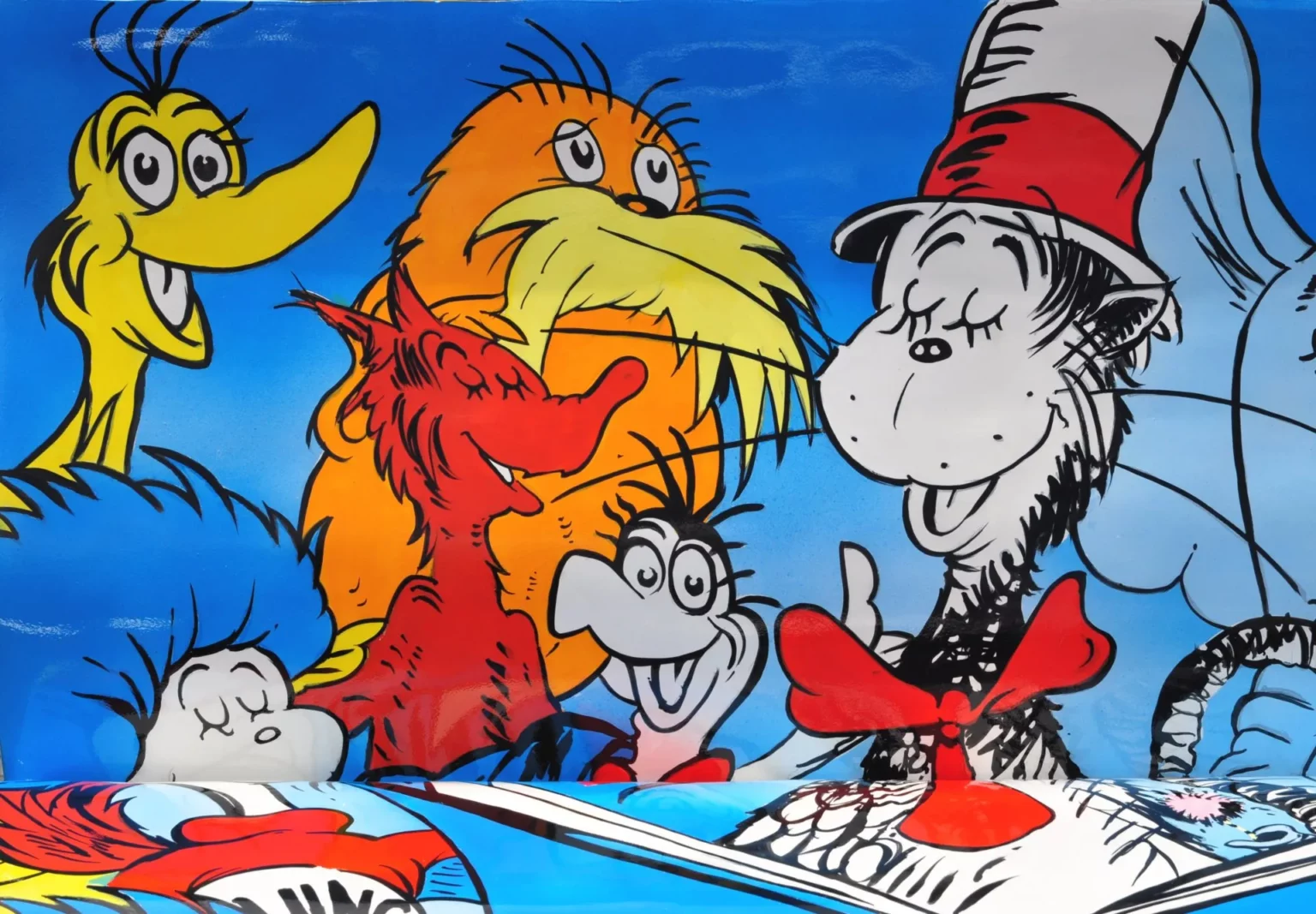Matriarchy among animals is the exception rather than the rule. Animals with matriarchal “rulers” include Roan antelopes, elephants and even lions. Yes, the magnificent lion males are called the kings of the jungle, but they bend the knee to the females in their prides.
The lionesses – who are related to each other as mothers, daughters and sisters – form the core of a pride. Although the males do some of the hunting and defend their territory, the “queens” are the key decision makers. They also raise the cubs and do most of the hunting.
But let us be clear: It is not a competition between male and female animals to be in charge of a group. The way the circle of life happens in a species simply is what it is.
Societal structures and how things work in different groups of animals evolved over many, many years. For some, survival meant that the females take the lead. For others, the males are the leaders.
The way of the Roan antelope
In the Kruger National Park there are only about 70 Roan antelope. In Afrikaans they are called “bastergemsbokke” and outside of the park only a few hundred roam in other conservation areas or farms.
They are on the list of endangered species, but I find them special and interesting for a different reason: They roam the savannahs in matriarchal groups. Even though the bulls can weigh as much as 100 kilograms more than the cows, the alpha females rule.
Mothers of new-born calves are extremely protective of their little ones and they hide them for at least a month in bushes. Once they are around four weeks old, mother and baby rejoin the herd and all calves are then taken care of by the older females. They function almost like a crèche.
They do this because the mortality rate amongst newborns is devastatingly high. Up to 70% of the calves die in the first seven weeks of their lives because of predators or illness. As mothers only birth one calf at a time, this is partly the reason why they are so endangered.
A herd consists of females and youngsters and they usually have one bull with them. The bachelor bulls form their own groups or herds. The bull with the females is, however, not their leader. The females form their own hierarchy and the dominant “mother” is in charge.
The weird and wonderful world of elephants
Conservationists who study elephants don’t always agree on everything. They do, however, agree that these magnificent beasts are highly complex in terms of their behaviour. They express highly individual personality traits and show quite surprising emotional intelligence.
It is completely “normal” when discussing a herd to distinguish between the more introverted members and the more extroverted members. The matriarchs of different groups are also all very different in how they behave. Their success or failure can be discussed in terms of how combative or cooperative their leadership styles are or were.
They seem to express emotions such as sadness when a member of their group dies. There are tragic tales of mothers carrying their dead calves for long periods of time and other family members assisting them in this. They also cover the dead bodies of their own and even other species in leaves, branches or sand with what can only be called reverence.
The expression to have a memory like an elephant seems to be based in reality. There are many real-life examples of elephants refusing to enter certain areas where decades ago some tragedy (like a land mine explosion) occurred.
Elephants are also prolific communicators. Amongst themselves, they use rumbles that are twenty times lower than what the human ear can detect. To use warning trumpeting sounds that we can hear when in their presence, seems to be a conscious choice according to some experts. Isn’t this astounding?
What animals teach us about leadership
Animals are not people and we should never anthropomorphise them or view what they do through a human lens. We should also not adopt life lessons straight from them as their way of being is so very different from ours.
The Amboseli Elephants: A Long-Term Perspective on a Long-Lived Mammal, contains fascinating research on elephant personalities. The researchers used a designed-for-people personality questionnaire to rate some adult elephants. They did this to determine if they were active, aggressive, apprehensive, confident, curious, deferential, eccentric, etc.
I cannot help but now think of them as not only the Grey Ones but also as potentially Yellow, Red, Green and Blue! And here’s what we can learn from these gentle giants:
- Mentor the youth, so that they can build a future on experience and knowledge.
- Set an example to others by “living” the values and ethics you expect from them.
- Embrace age and experience, because it contributes to effective leadership.
- Lead with emotional intelligence; it motivates better than force and dominance.
- Involve the “herd” in decision-making to ensure better and more creative outcomes.
- Prioritise conflict resolution; a harmonious group is healthier and more effective.
- Build resilience, because change is inevitable and requires expert navigation.
Life is a journey and elephants remind us to walk it with grace.
-Unknown








